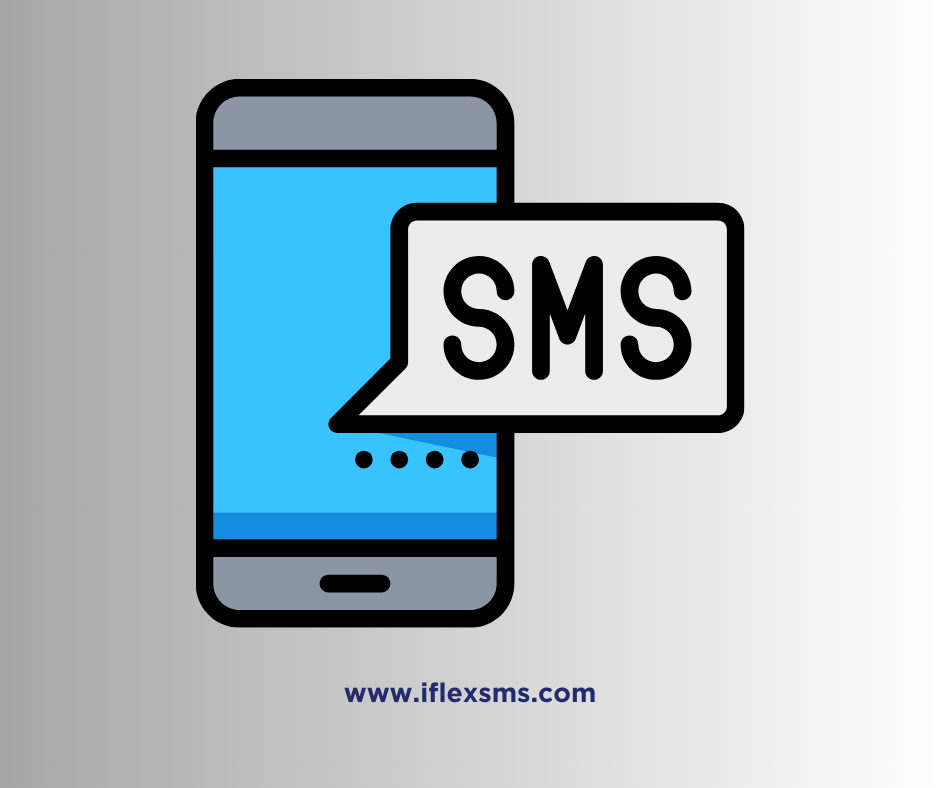When was the last time you were at work or spending time with friends and family when you got a call about a business transaction? What were your thoughts on it? According to ChainStoreAge, if you’re like most customers, you probably would have chosen to receive the information via SMS.
There are several reasons for a firm to deliver transactional information via SMS. Consequently, the market for transactional services is projected to expand at a compound annual growth rate (CAGR) of 6.3% from $17.68 billion to $25.46 billion by 2022, according to new study by Infoholic.
What is Transactional SMS, then?
Transactional SMS are text messages that companies send to their clients with the information they need to use their goods or services. Examples of transactional text messages, which are frequently delivered through an SMS company, include messages with links that allow customers to reset their passwords, order confirmations, tracking and delivery details, and customer invoices and account balances.
SMS’s advantages for transmitting transactional data
Compared to more conventional means like phone, mail, or email, communicating transactional information to consumers via SMS has several advantages.
It is the platform that customers prefer for communication.
According to a Harris Poll study, 64% of American adults who are able to text stated that they would rather communicate with businesses by SMS than over the phone. For adults ages 18 to 34, this percentage increased to 76%. Because SMS is a non-intrusive method, recipients can receive and process information whenever it’s convenient for them. Nevertheless, 95% of SMS are really read within five minutes of delivery.
Effectiveness
Setting up transactional SMS is comparatively quick and simple with today’s SMS software. Once built, it requires very little human input, allowing firms to focus their resources on other aspects of their operations.
Efficiency
More than 98 percent of text messages are read. Because of this, SMS is the most efficient way to communicate with clients. When transmitting crucial transactional data, this is especially crucial.
Velocity
Businesses must choose a platform that enables information to be transmitted and received quickly because transactional SMS are typically time-sensitive in nature. Triggers drive transaction SMS, which allows for nearly instantaneous message delivery to clients. Additionally, 95% of SMS messages are read within minutes of delivery, enabling rapid responses from clients.
Practicality
Nine out of ten adults always have their cell phone close at hand. Customers can send and receive messages nearly at any time of day, not only when they are in front of a computer or accessible to answer a phone, as with email. Because of this, SMS is a very practical way to communicate transactionally.
Faithfulness
Transactional SMS can offer a useful marketing opportunity and aid in fostering a closer interaction with customers. Following a transaction, sending out SMS to keep customers informed and involved can help create a direct line of communication between the brand and the customer, improve the customer experience, and foster loyalty, all of which can increase sales.
The Operation of Transactional SMS Software
You need a dependable SMPP (Simple Messaging Peer to Peer) protocol to act as a relay engine in order to enable transactional SMS through an SMS provider. Level-7 TCP/IP protocol SMPP serves as a strong backbone that enables efficient and quick message delivery.
To launch their transactional SMS and take advantage of its potential, the majority of businesses, apps, or SaaS providers partner with an SMS gateway provider. Integrators typically examine a variety of integration solutions, including SMPP, HTTP, plugged REST, and SOAP, in addition to additional choices with particular use cases, including email to SMS integration and MMS API.
Transactional SMS may typically be a simple plug-and-play integration that runs on top of any system. However, other businesses who are more concerned with security, such banks and financial organizations, choose RESTful or SOAP interfaces to secure data transmission. In order to enable this transactional SMS module and establish a connection with the sender system, an API solution is ultimately required.
Once that link has been made, SMS senders or service users must create workflows that meet their business requirements and arrange them so that transactions can be confirmed by SMS.

